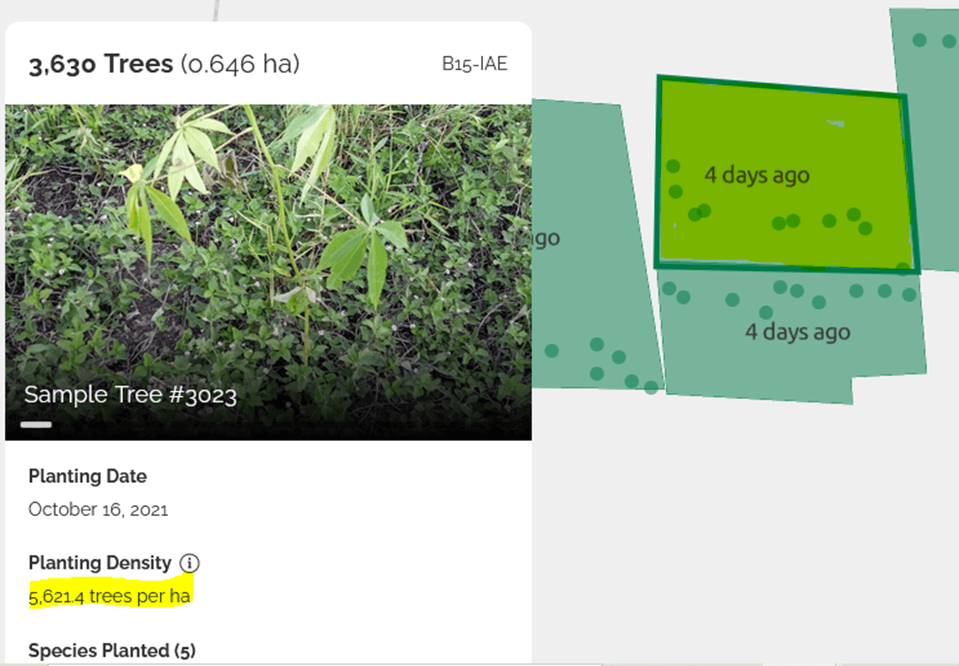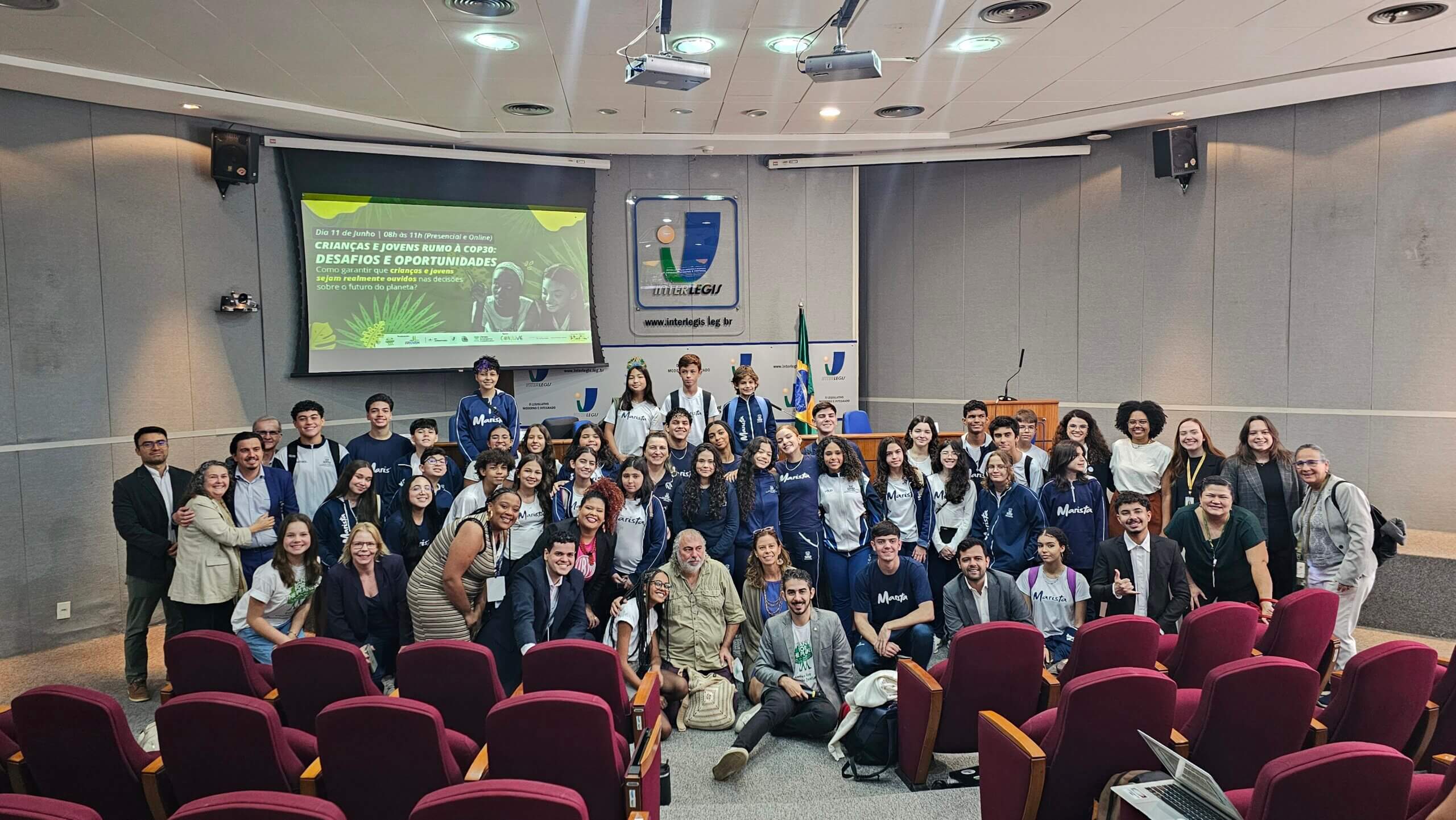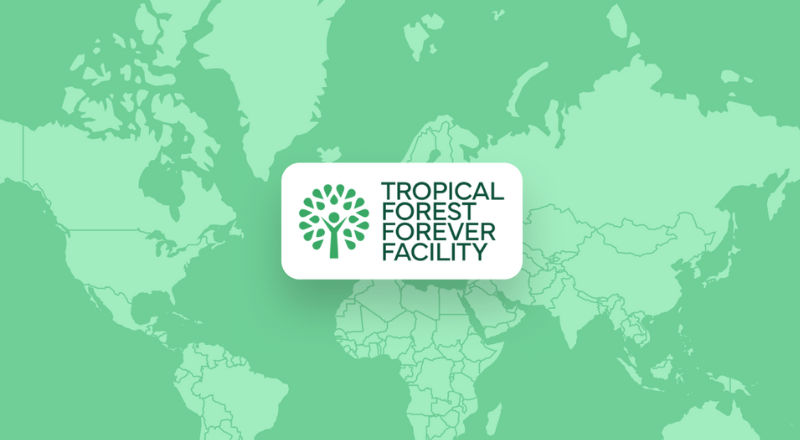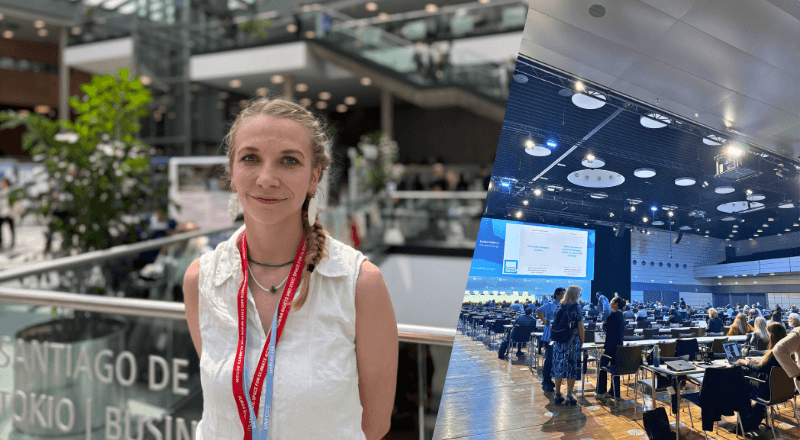
As we explained in a previous blog post at the beginning of the planting season, from this year we are planting a lot more than the previous nine native tree species we planted through 2020. This is because our goal is to restore near-natural forests with a highly diverse ecosystem.
That’s why we now collect some of the seeds ourselves and then let them germinate and grow in our partner tree nursery until they are big enough to be planted in the field. However, the seedlings of some tree species grow more slowly, so we had to be patient until they were ready to plant.
Due to the postponed arrival of certain tree species this year we have been leaving planting rows empty in some cases (in both Constitución and Bacalar), and will return in subsequent months to finish planting the same sites. So many of the polygons on the map uploaded with TreeMapper by our or planting teams day by day will now have additional polygons stacked on top of them which represent follow up plantings in the same area.
The high densities per hectare that are seen in some of the polygons are not errors, but actually follow the restoration plan we developed in collaboration with our Restoration Expert Supervision Board for 2021.

Here we still need to plant another 1,984 trees to meet the specified planting plan for this polygon.
By the way: the little dots in each frame are our sample trees: just click the dots and you will find the individual tree with name, planting date and measures taken when planted. When you turn back to this tree next year you will find new data and see how this tree has grown up.
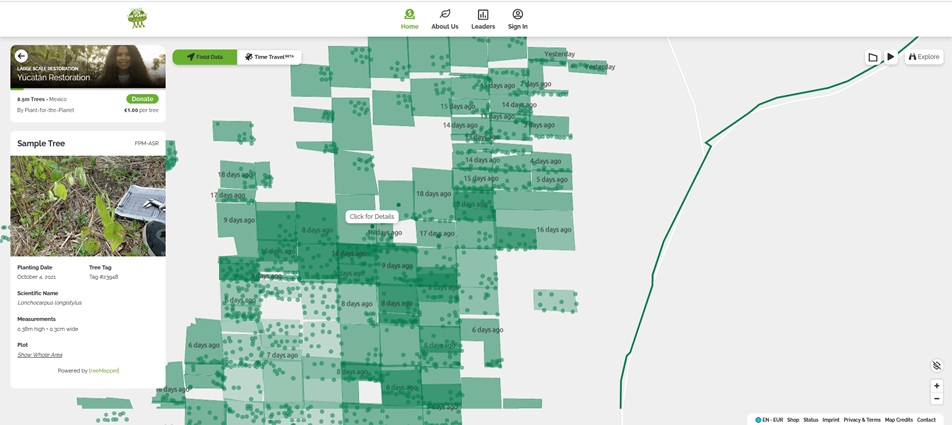
To learn more about our restoration strategy watch our video Restoration in Yucatán 2021: 7 Steps from Devastation to Biodiversity:
